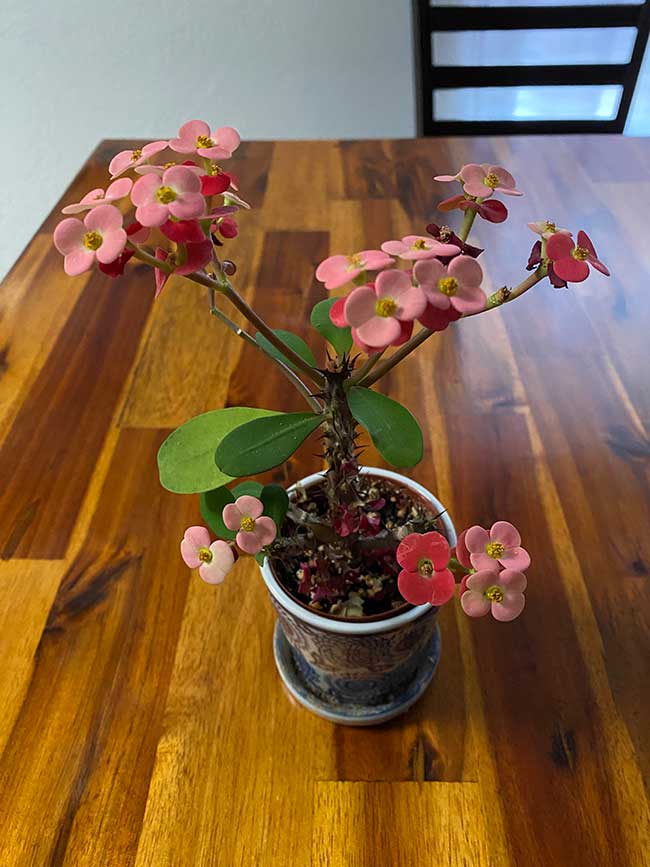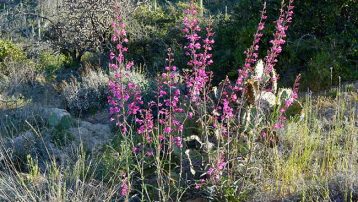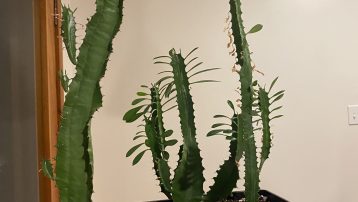Last updated on February 27th, 2024 at 06:40 am
The Crown of Thorn Plants for indoor decoration, (Euphorbia milii).

A slow-growing succulent that is low maintenance and easy to care for. The Crown of Thorns plant produces red and pink flowers that will last long and bloom almost any time of the year. However, spring is when they normally burst with flowers. The thorns on its trunk rarely penetrate the human touch, they are flexible and easy to handle.
Additionally, it rarely gets larger than 2 or 3 ft. tall and wide. I like to keep them small for a better look around tables and plant stands.
Why is it called “Crown of Thorns”? According to Wikipedia “It was placed on the head of Jesus during the events leading up to his crucifixion”.
Where to place this plant
The best place is indoors in bright or medium sunlight, but if placed outdoors, ensure it does not get below 40 degrees Fahrenheit. Best to place it in front of a window sill or on a table for a nice accent.
Also, it does not like fertilizer however, if you think it needs some use a good all-purpose fertilizer at half the recommended ratio.
Problems with The Crown of Thorn Plants
Scale, Mealybugs, and Thrips will attack this plant. To kill these insects, spray with organic insecticides like neem oil or insecticidal soaps. Root rot is another problem usually caused by too much water or overhead watering. Water about once per week even less during the winter seasons. Observe your plants consistently to help keep insects and diseases at bay.
Soil to use
As mentioned earlier the Crown of Thorn plant is a succulent which means it retains water in its trunk and foliage and does not like regular potting soil. It is best to use succulent or cactus mix. Importantly it is advisable to repot it every two years or so. Furthermore, it is not in the Cactus family.
Conversely, another similar plant is the Madagascar Palm.
If planting outdoors USDA Hardiness Zone 9 – 11.
Toxicity – Yes, its sap is toxic to humans and is irritant to the skin and eyes.






